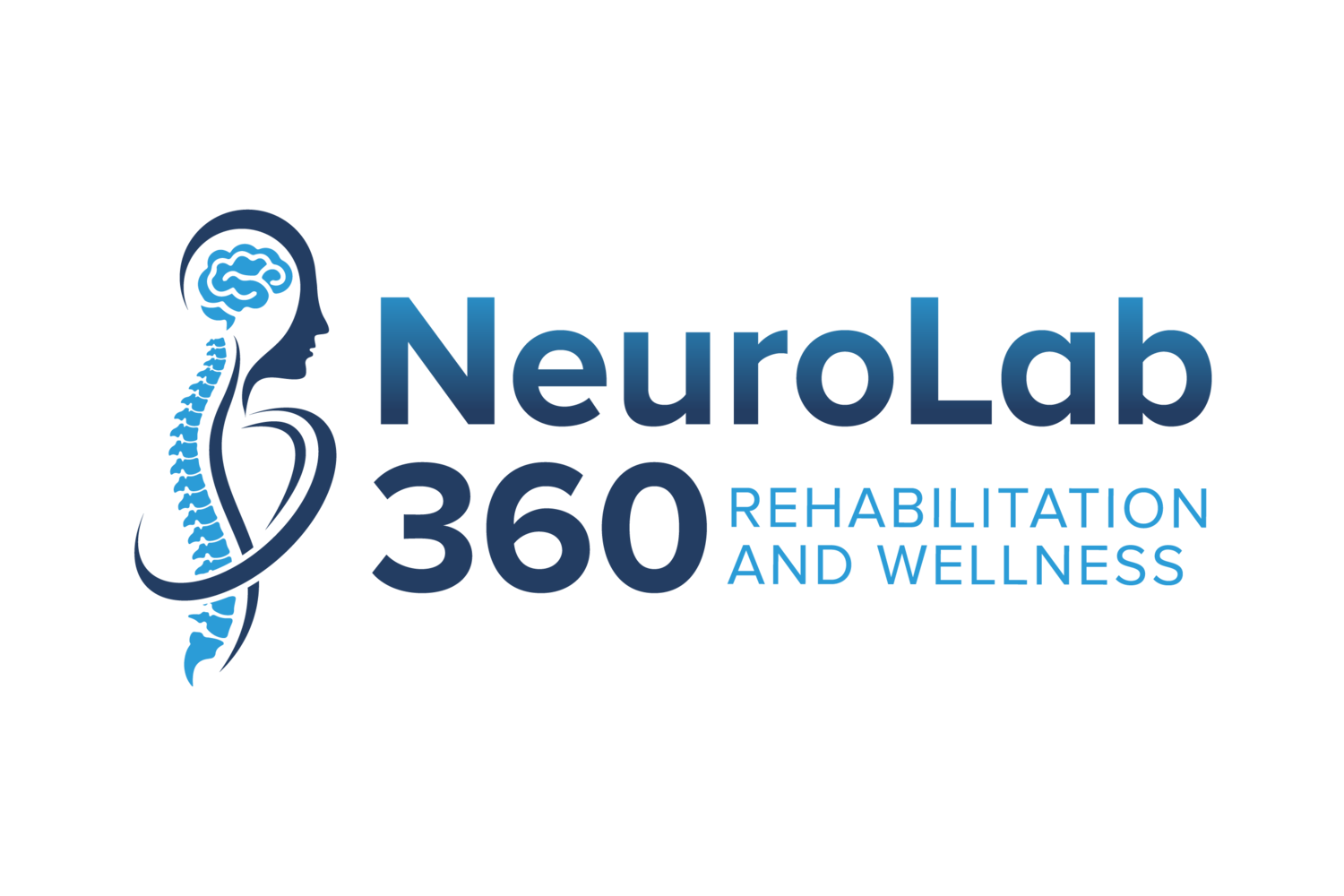Neuroplasticity: How the Brain can Change and Adapt!
Our central nervous system possesses the ability to change and adapt. Neuroplasticity is the term used to describe how the cells in our brain are able to alter their structure and function in response to different internal and external stimuli. This restructuring in the brain is the mechanism we strive to encourage through rehabilitation in order to help a damaged brain relearn lost behaviors. Understanding neuroplasticity and how to help encourage this process is critical in order to drive neurologic recovery. In this blog post, we will discuss the concept of neuroplasticity and how it applies to rehabilitation as well as introduce the 10 principles of neuroplasticity.
After there is some sort of damage or injury to the brain, effort is made to minimize the severity of the initial injury and minimize the loss of function related to it. However, many individuals with brain injury will still have some sort of lasting disability and therefore it is also important to understand how we can help drive neuroplasticity to remodel the brain after an injury occurs. This can be done through the same mechanism used in a healthy brain. With learning, the brain continuously remodels in order to encode new experiences and allow for behavioral changes. With each new learning event, there is a change that happens in the nervous system in order to support learning. In a healthy brain, neuroplasticity is driven by changes in behavioral, sensory and cognitive experiences. This process of learning can be used in combination with therapy in order to promote neuroplasticity, restructure the brain, and improve overall function following brain injury.
It is important to note that when there is damage to the brain there are often behavioral consequences such as developing compensatory strategies to complete daily activities. For example, if following a stroke on one side of the brain an individual has lost some function in the opposite arm, they may be inclined to simply rely on their unaffected arm for functional tasks. While this may help them to complete the task at hand, without encouraging use of the damaged side the brain will reorganize in a way that may be maladaptive and may interfere with rehabilitation.
As neurologic physical therapists, we play a major role in encouraging neuroplasticity in order to help restructure and reorganize the brain to improve activation and overall function. There are ten main principles of neuroplasticity that we can use in physical therapy to help capitalize on this process:
Use it or lose it - failure to drive specific brain functions can lead to functional degradation
Use it and improve it - training that drives a specific brain function can lead to an enhancement of that function
Specificity - the nature of the training experience dictates the nature of the plasticity
Repetition matters - Induction of plasticity requires sufficient repetition
Intensity matters - Induction of plasticity requires sufficient intensity
Time matters - different forms of plasticity occur at different times during training
Salience matters - the training experience must be sufficiently salient to induce plasticity
Age matters - training-induce plasticity occurs more readily in younger brains
Transference - plasticity in response to one training experience can enhance the acquisition of similar behaviors
Interference - plasticity in response to one experience can interfere with the acquisition of other behaviors
In our next blog posts, we will discuss each of these principles of neuroplasticity in more depth and describe how we apply them to physical therapy. Stay tuned!
Kleim JA, Jones TA, 2008. Principles of exercise-dependent neural plasticity: Implications for rehabilitation after brain damage. Journal of Speech, Language and Hearing Research (51): 225-239.

